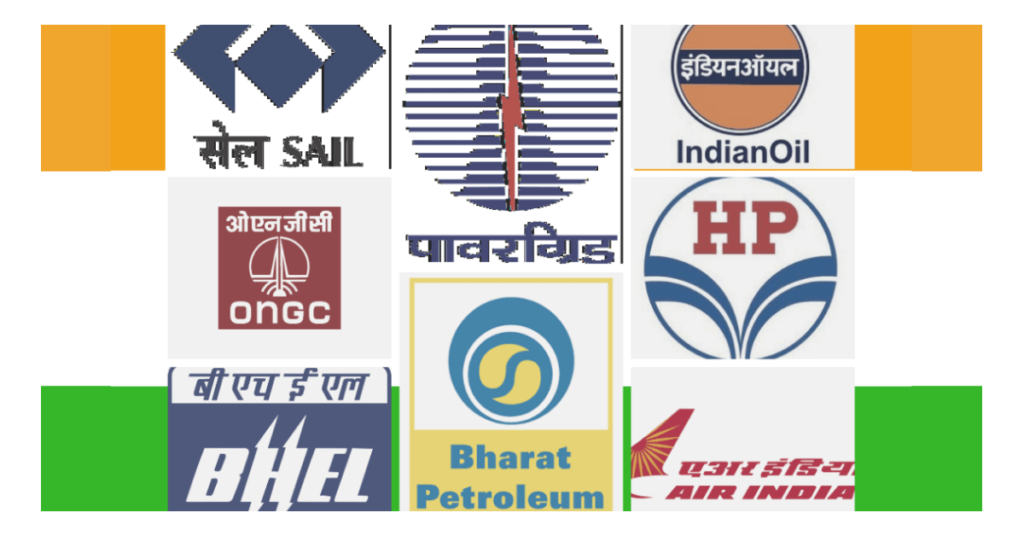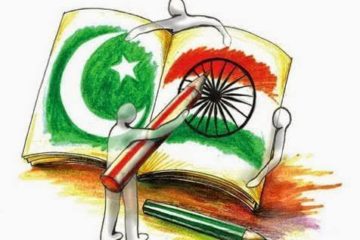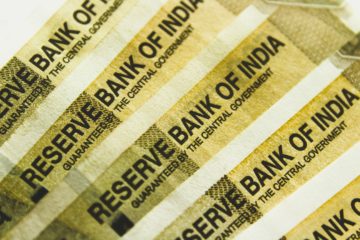PSUs & ITS PRIVATIZATION: AN ANALYSIS
Contents

The Government in recent times is making it to the news with its decision to privatize Public Sector Undertakings (PSUs) with which many of the citizens share a saccharine relationship. The move has drawn opinions & debates both for and against it. In this article, we will understand the establishment of PSUs, what privatization of PSU in India is, is the privatization of PSU good or bad.
The Establishment of PSUs in India
To begin with, let’s go back to the dawn of Independence of our country. For centuries, our country was the supplier of raw materials to the British & a buyer of finished goods from them. This not only drained wealth from our country but also snatched our opportunity of reaping the benefits from the Industrial Revolution. There was little or no infrastructural development done by British and everything had to be started from scratch. Critical infrastructure such as roads & railways, telecommunication, defence, electricity, etc. had to be fostered in our country.
One must understand that these industries need a humongous capital to be kickstarted. During these days hardly a handful of Businessmen had the capacity to make such an investment. Even if they hesitantly made an investment, they were not sure of the public demand of these goods and their profits. To reap profits from these, the Private industries had to charge their services at exorbitant prices considering the huge investments they made. But this pricing wouldn’t have been accepted by the Govt. as it was functioning on Socialist principles and high fares of services would leave behind the majority of population deprived of the service. Hence there was only one way out – Govt. should establish these industries & charge minimally so that everyone can afford it. HAL, ISRO, HP, ONGC, Indian Railways, Air India etc. were established thereafter. The Govt. retained its monopoly over sectors such as Defense, Railways, Nuclear energy etc. considering the nation’s security. No Private establishments were allowed in these.
The Beginning of Privatization of PSU
The signs of sickening of PSUs begin to float in the 1980s. The services were being charged at death low prices and Govt. was influxing the necessary recurring investments into these. To exacerbate the situation, Govt. started to buy weak Pvt. Estd. to avoid employees getting laid off and shutting down of the companies. All these inefficiencies piled up & razed down our economy in 1991. The Govt. treasury was drained out. We had hardly any money to sustain the country’s need for even 9 days. Our then Finance Minister, Manmohan Singh who had experience as an RBI Governor also, suggested that we borrow a loan from the Internation Monetary Fund (IMF) by keeping all our country’s gold as collateral. The next night 2 chartered flights flew all the gold which the RBI had to Washington & borrowed a sum of $2.2 Billion. But the loan was offered on a few conditions.
The IMF provides loans when the country agrees to bring in reforms as it directs. IMF was well aware of the fiasco which was happening due to inefficient PSU functioning and the heavy bureaucratization of the management and thereby directed the govt. to start handing over these to private players so as to cure its ailments. Foreign investments to a country are one of the biggest benisons. Not only they bring in the money but also the latest technologies which are vital for coping up with the international competition. But as mentioned earlier, many sectors of industries were reserved for government only and there was vibrant red-tapism in the open sectors. This was pulling back the investors from investing in India. IMF directed the Government to forego this conservative policy and make India more welcoming to foreign investments. Accordingly, the PSUs were listed on the stock market and private players domestically and internationally were invited to buy out shares of the public PSUs. Hence 1991 was a cornerstone in Indian history when we opened up our erstwhile closed economy to others. This was the begining of Liberalisation- Privatization- Globalization era of India.
What is Privatization?
As it would have been clear by now, Privatization means selling of Public (Govt.) establishments partially or fully to the Private players. The selling of shares of a PSU up to 51% is called disinvestment where the Govt. still retains the management but the profits & investments are shared between Govt. & Pvt. Above 51%, the management is also transferred & hence making it fully privatized. But Privatization of PSU has its own pros & cons.
Pros of Privatization of PSU:
- Government enterprises are highly influenced by Political pressure which questions independence.
- Government employees are so lethargic as there are no performance-based incentives for them and hence they use their energy minimally.
- Private players have multiple foot-settings in various countries and hence they bring in world-class R&D with them.
- Private players work for profit and they bring out best-in-class service for the customers to cope up with the competition.
- Employees of Private organization have a sense of belonging to the company and hence they strive for excellence.
- Almost all of the PSUs privatized so far show very promising results in terms of efficiency improvement.
Cons of Privatization of PSU:
- Better services mean higher prices which would make many unfit for purchase.
- Government PSUs operate at full strength or sometimes even over-employed. Private players won’t entertain this & hence there will be large scale lay-off.
- There are many PSUs such as LIC, HP etc which bring in lots of profit to the Govt. & privatization will cut this off.
- At the end of the day, Pvt. companies are profit-oriented & inevidently non-inclusive.
Why the controversy about Privatization?
As it is evident from above that privatization has both pros & cons, with pros having a minuscule up-hand, yet critics are in dismay. The problem doesn’t lie in Privatization of Govt. assets but the manner in which it is done. The Government earns a lot of money from Privatization(selling) of its assets & the manner of spending this money is being questioned. There is speculation that the Government might be using the proceeds from the disinvestment to fulfil its revenue deficit mismatch which means the money is diverted to meet day to day needs of Government which is unacceptable. Ideally, one would make investments back into the market rather than spending it. Just like you sell a house to buy another one or sell a car to buy a new car. One wouldn’t like to sell a home and spend that money on food or travel or leisure. This is the reason why critics are questioning it. They just want the Government to make healthy investments such as Roads or procuring better defense equipment from the money it gets from privatization rather than to buy oil and vegetables from it.
Another criticism is against the manner of selection of PSUs. The Government is selling PSUs which are doing really well & bringing in profits to Government. like LIC, HP rather than those PSUs which are dying due to obsolete technologies which can be easily revived by Private companies by using their advanced technologies. But finding a buyer for a dying company is really tough & if it all the sale happens, it will happen at a punishing rate. This can be understood by how desperately Government wants to sell Air India but has no buyers for it. This problem isn’t faced for better-doing PSUs.
The Government should invest the money from privatization of good PSUs into reviving the bad PSUs and make them better & subsequently make them attractive for further privatization.
Way Forward
One must agree that it is impossible for a Government PSU to function without the political interference prevalent in our country. Privatization of Government assets is something which must happen today or tomorrow. A proper deal needs to be struck with Pvt. players so as to minimize the cons of privatization & bring out the best for the citizens from the deal.
Article by Shabaz Khan
For more such posts, click here



1 Comment
History of Partition of India by Shabaz Khan – Wordanova · July 25, 2020 at 12:30 pm
[…] you Know What the Reserve Bank of India (RBI) does? PSUs & its Privatization: An Analysis Rupee VS Dollar: HOW IT WORKS Categories: Mera Bharath […]